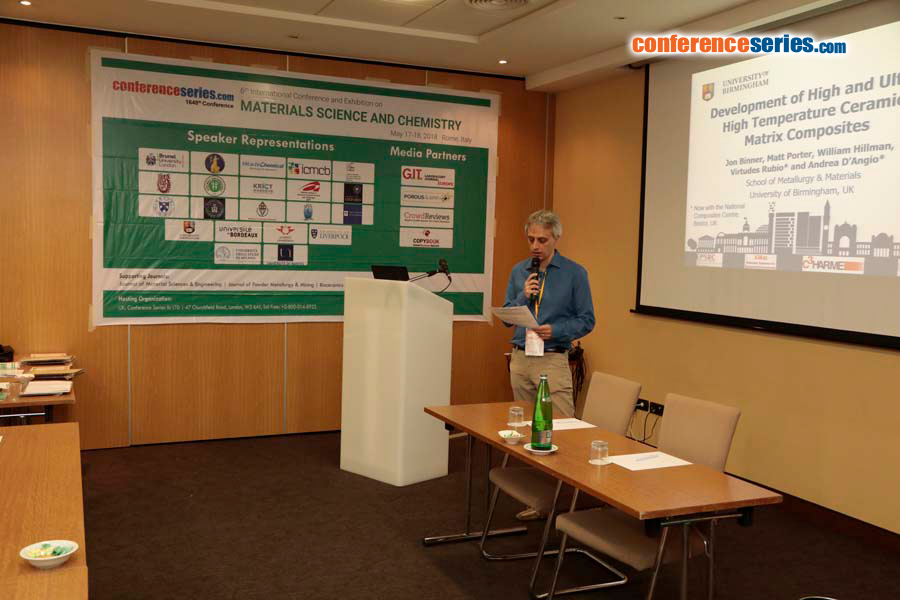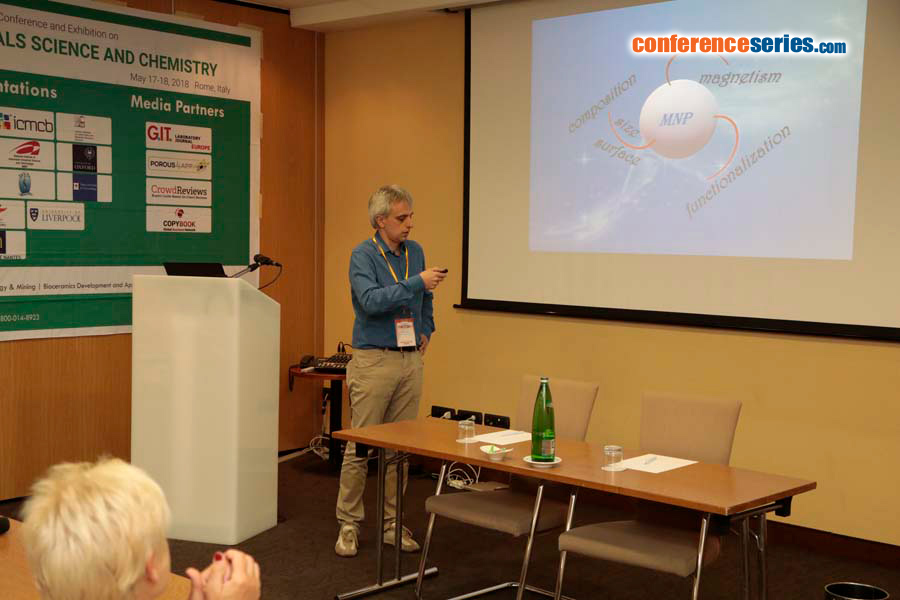
Paolo Arosio
Universita degli Studi di Milano, Italy
Title: Magnetic nanoparticles: The effect of chemico-physical parameters on their fundamental and biomedical applicative properties
Biography
Biography: Paolo Arosio
Abstract
In the last two decades, much attention was devoted to novel multifunctional nanostructures based on magnetic nanoparticles (MNPs) useful as agents for magnetic resonance imaging (MRI), optical imaging and magnetic fluid hyperthermia, carriers for drugs and molecular targeting vectors. Most of the magnetic nanoparticles systems reported in literature by a lot of research groups have been shown to be useful as MRI contrast agents and magnetic fluid hyperthermia (MFH) mediators, displaying high nuclear relaxivity and specific absorption rate (SAR). For these compounds, the possibility to collect images of the regions where the MNPs are delivered through MRI and eventually optical imaging (if functionalized with a luminescent molecule), is joint to their use under radio-frequency fields, with frequency of the order of 100 KHz, which causes a local release of heat directed to tumour cells (the MFH effect), possibly inducing their death. By such materials, theranostic agents can be obtained. On the other hand, in the field of drug delivery and molecular targeting, few examples of reproducible experiments using superparamagnetic nanoparticles are actually present in literature. Thus, the application of MNPs to nanomedicine is currently of growing interest in the world. The main objectives of my research group in the last decade was to contribute to the knowledge of physical mechanisms at the basis of MNPs uses in biomedicine (especially MRI) and to propose some novel systems in strict collaboration with different research groups of chemists and biologists. I will present different novel systems able to contrast MRI images, act as good magnetic fluid hyperthermia agent or as multifunctional (magneto-fluorescent) agent and carry antitumoral drugs like e.g. paclitaxel or targeting functionalizations like PNA (peptide nucleic acids). Other examples of biomedical applications of MNPs magnetism will be also illustrated.
A magnetic nanoparticles and its crucial characteristics






